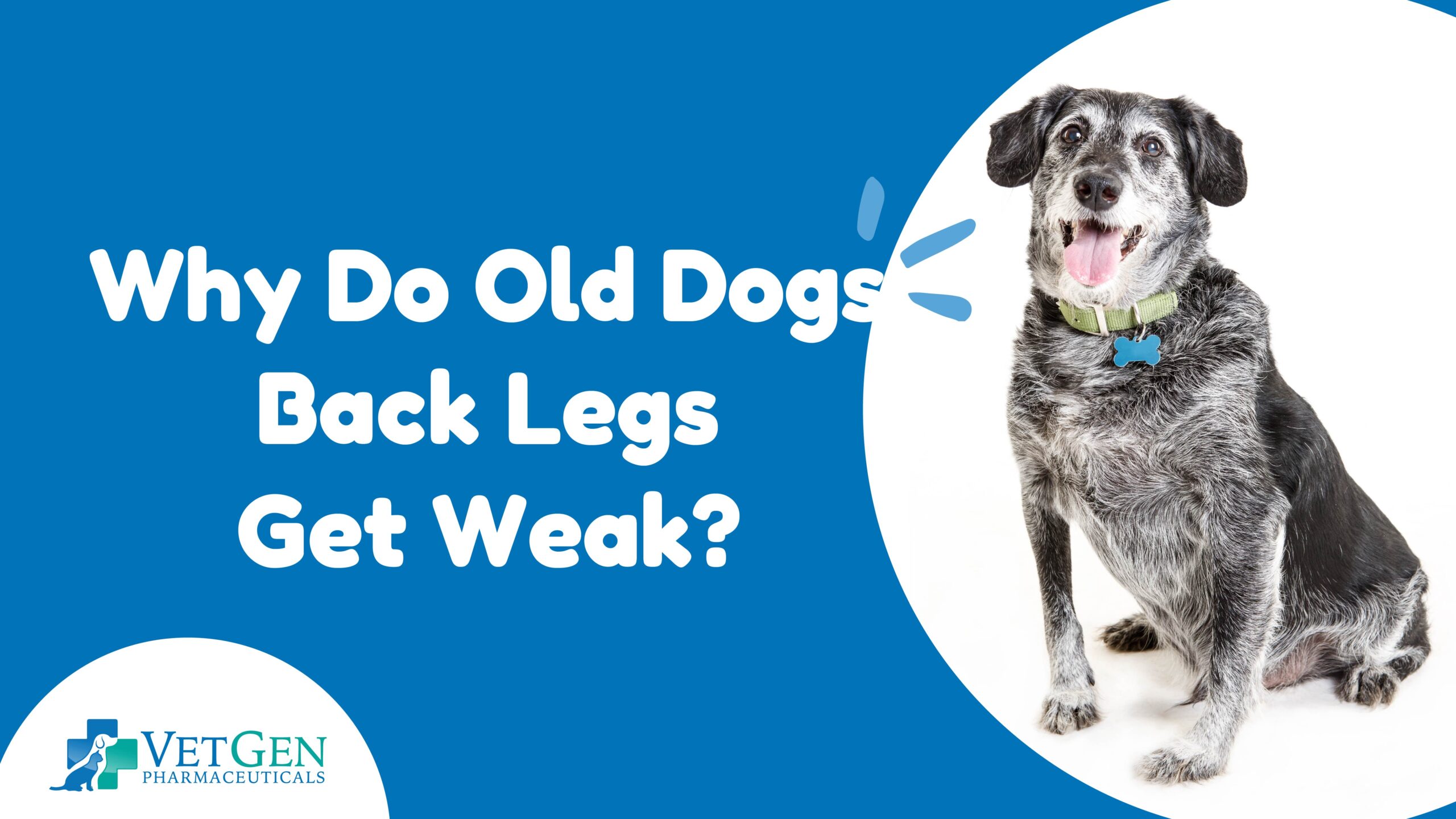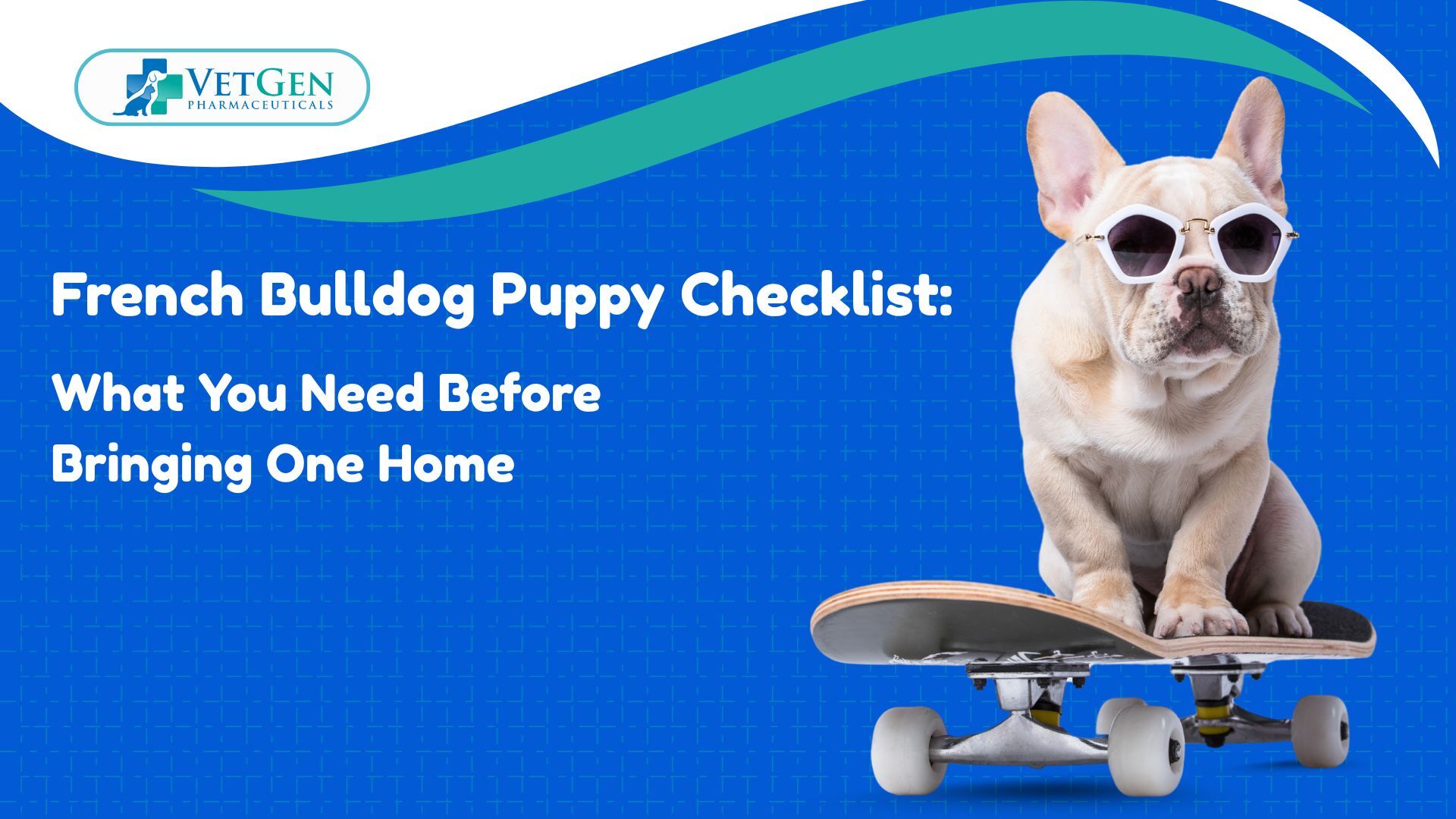If you have ever had the chance to live with older dogs, you are aware that certain health problems can accompany their graying muzzles. Similar to humans, senior dogs may experience certain joint problems and slow down. This can cause them to limp. Aging of dogs leads to many health issues such as pain in the joints, muscle loss and damaged nervous system. Most dogs also develop arthritis.
They may also develop degenerative myelopathy which is a disease that affects the nerves in the spinal cord and can make it difficult for dogs to move. But to make matters worse, they cannot come out and express how much they actually hurt.
Many people find that their dogs’ back legs become less effective and progressively weaker as the dogs get older. This blog post will focus on why this is the case, as well as how you can ensure that your older dog receives the care that he or she needs to at least minimize the progression of the condition.
Why Are My Dog’s Back Legs Limping?
Here are some potential causes of a senior dog’s back legs collapsing with age.
Neurological disorders
The Whole Dog Journal published the following information on the neurological causes that lead to leg weakness in dogs. Some of them are:
- Degenerative Myelopathy: This disease is not very noticeable in many cases and it progresses without the dog even being aware of it. It can result in poor coordination and muscle weakness. Though no cure is known for this condition, its effects can be managed so as not to significantly affect life quality.
- Intervertebral Disc Disorder (IVDD): With the disease of intervertebral disc disorder your dog’s spine may slip and pinch nerves. This can cause discomfort in walking and sometimes lead to paralysis. If the vet can detect it in the early stages, you can get rid of it by medication. Otherwise, you’ll have to resort to surgery.
Orthopedic Issues
- Arthritis: Arthritis can affect dogs, slowing down those morning walks due to joint inflammation. In treating this you would require anti-inflammatory drugs and vitamins.
- Hip dysplasia: This is common among larger breeds and it causes discomfort as well as arthritis. What can be done here? You have to make sure your dog gets proper nutrition along with regular physical activity that helps relieve the discomfort associated with it.
- Osteoporosis: It is a condition that weakens bones, rendering them fragile. Despite its severity, with a well-balanced diet and consistent physical activity, you can improve your dog’s bone strength.
Muscle Atrophy
If you don’t have an active exercise regimen for your dog, they can lose mass as they age. This makes their legs weak. Additionally, muscles may shrink and weaken due to previous injuries that limit limb movement. If you want to help your dog get some relief, you’ll have to make them exercise and develop strength.
How To Get Your Old Dog’s Weak Legs to Strengthen
Animal Physiotherapy
Animal physiotherapy aims to help dogs regain strength and movement, particularly elderly ones with weak rear legs. It employs an assortment of rehabilitation tactics personalized according to the unique requirements of each dog.
Hydrotherapy uses water resistance to allow dogs to exercise without overwhelming their joints. It is ideal for dogs that suffer from arthritis. Your dog’s circulation is improved by massage therapy and muscle tension is reduced. There are particular exercises designed by a physiotherapist that aim at strengthening weak muscles
When dogs face difficulty in movement, assistive devices like wheelchairs or harnesses can be a great help to them. These tools help the dog in such a way that they hold the weight of the dog and allow free movement for the dog. As a result, the dog can get an active life even with limitations. In addition to these, orthopedic shoes can play a significant role in providing extra support and cushioning for sore joints which would then make it easier and more comfortable for dogs to walk.
Our efforts for the betterment of our old dogs are all centered around ensuring they lead an active and joyous life even as age catches up with them.
Nutrition and Supplements
Good nutrition and specially crafted supplements are essential for keeping senior dogs healthy, especially when it comes to managing hind leg weakness. Omega-3 fatty acids and antioxidants help in fighting inflammation that deteriorates the condition of the joints. You can find them in fish oil.
Dogs need adequate amounts of calcium and phosphorus to maintain healthy bones. This is particularly crucial as they grow older and susceptible to diseases like osteoporosis.
Glucosamine and chondroitin sulfate are often used for protecting and repairing cartilage of dogs. In addition to this, green-lipped mussel as a supplement has received praise due to its anti-inflammatory nature coupled with protective properties on joints. Read more about Dog Nutrition – The Need for Vitamins and Supplements at VetGen Pharmaceuticals.
Genetics and Breed-Specific Preposition
Some dog breeds can be prone to genetic diseases that may result in weakness of the hind legs. Hip dysplasia tends to affect larger breeds more— such as German Shepherds and Labrador Retrievers. This hereditary defect manifests as arthritis and pain in the rear legs.
Likewise, breeds that have longer backs like the Dachshund are more prone to spinal issues. This in turn can affect the strength and functioning of their legs.
Genetic testing has proven effective in recognizing the risk of these and other illnesses in dogs early in their lives. Understanding a dog’s hereditary predispositions allows owners and veterinarians to develop preventive and management tactics to keep these puppies healthy and mobile for as long as possible. This could involve particular diets, fitness routines, and regular check-ups for early symptom detection.
Preventive Care and Management
There are two main keys to preventing and managing hind leg weakness in dogs: regular exercise and veterinary consultations. You need to craft an individualized workout plan for your dog based on its age, breed, and any other health issues it may have. Consider the benefits of walking or swimming. They provide good muscle workouts for the legs without putting too much strain on them.
A routine visit to the vet is necessary to catch any health problems early. Taking this proactive stance towards keeping our older dogs healthy and fit can improve their lives drastically in such a way that they will have quality years ahead of them which are full of activity, comfort, and happiness.






